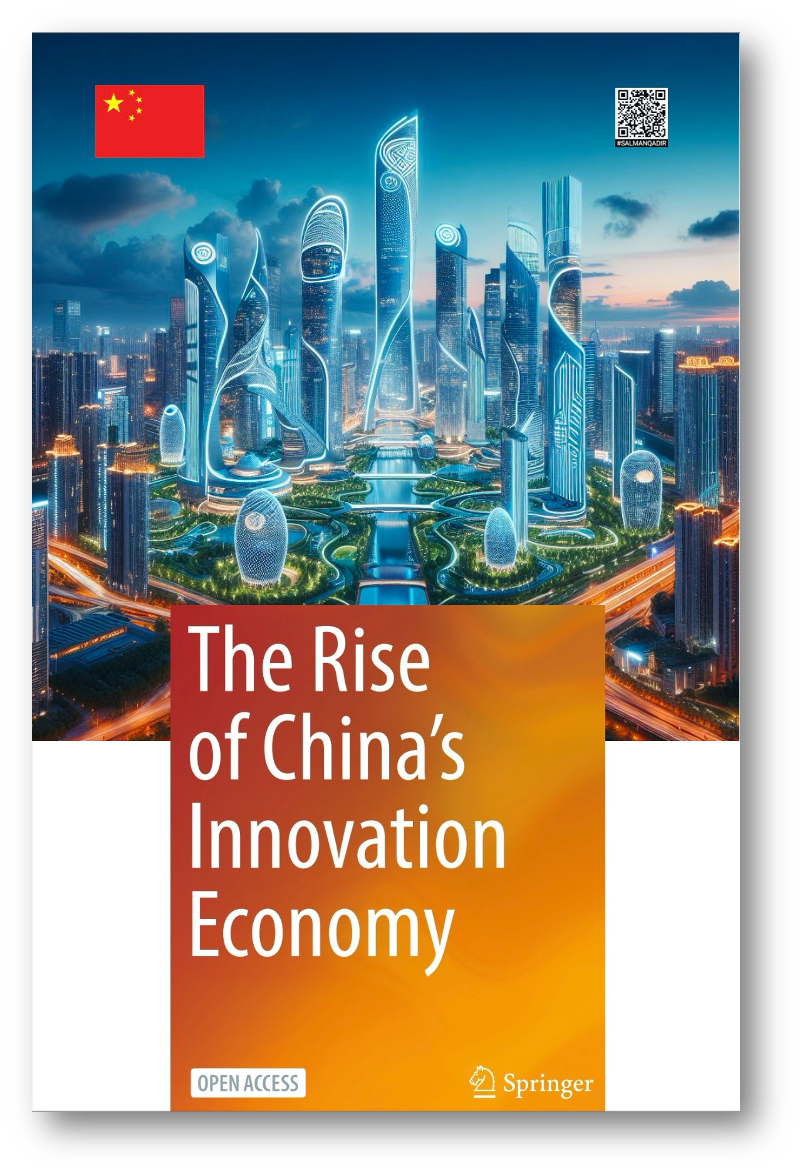Payments: EU Fragmented, US Digital Wallets Take Off, Tokenized Cross-Border Payments Are Coming, Emerging Markets Aren't Left Out!
Also "The Future of Fintech," and China's Innovation Economy.
Artwork of the day: Deux Oiseaux (Two Birds), Georges Braque, 1961 (rotated 90 degrees to landscape format)
In Georges Braque Deux Oiseaux (Richesse de la France), 1961, the artist gracefully contrasts 2 birds adrift in a night sky. His use of rich blues and saturated blacks highlighted by white accents makes this piece quintessential Braque. This simple image is dominated by two birds stacked vertically atop one another. They seem to be flying towards the other side of the lower right wing, their wings touching ever so slightly. Three twinkling white stars surround the birds, giving us the look of this scene taking place amidst a clear night sky. The rich shades and tones of the lapis lazuli blue make this work stand out, as the colors are absolutely stunning.
Why today’s stories matter
Today's focus is on payments, a crucial topic that encompasses the future of fintech and the US and EU payment markets.
These stories are like the birds above flying through a clear night sky, guiding us through the fast-changing world of payments.
The Future of Fintech: This is an irreverent look at fintech that asks us to envision a better future while acknowledging that some things won’t changes a ’s a refreshing read.
Fragmentation in European Payments: Payments in the EU are fractured, with local digital wallets taking market share. Many will be surprised to learn that there is no EU-based pan-EU payment system until the digital euro launches.
US Consumers: Digital Wallet Use Up 32%: US consumers are voting with their payments for digital wallets. Card companies should be afraid. While Google and Apple Pay are pass-through credit card wallets for now, that won’t always be the case.
BIS Project Agora: Tokenized Cross-Border Payments: Agora shows us how to reduce wholesale cross-border payment transaction costs and is a blueprint for our future. Tokenization is going mainstream, and Agora is likely to be the model.
Mojaloop Digital Payments for Everyone: Emerging markets won’t be excluded from the digital payment revolution. Majaloop is open-source software that nations can run for free! Most importantly, nations running Majaloop gain digital sovereignty.
China’s Innovation Economy (free book): This free book outlines what sectors China is focusing its innovation efforts on and how it intends to do so. Ironically, many of its programs borrow from the US’s experience.
As always, thanks for reading! I’d be grateful if you shared this newsletter.
If you’re fond of substack Notes please “restack” with this little button above!
The Future of Fintech: What Won't Change, What will Change, What Could Change Everything
This is a refreshingly candid view of fintech’s future, and it is the most fun read I’ve seen on this topic in ages. The individual sections are refreshingly short, and you may passionately disagree with the predictions. But that’s actually what makes it fun!
Fragmentation in European Payments As Rivalries Heat Up
Kudos to Arkwright Consulting for producing the best report yet on the EU payment system, which shows that digital wallets are growing at 52% while cards are up a mere 9% over the same period! While digital wallets may be taking a bite out of cards, as they are across the globe, Europe faces fragmentation in that each nation has a national payments champ…
US Consumers Want Faster Easier Payments With Digital Wallet Use Up 32%!
Digital wallet use in the US is exploding, with a 32% YoY increase, leaving cards and other apps in the dust. And it's all driven by Gen Z and millennials! Oh, and the Fed is surprised, proving once again they are asleep at the wheel! While digital wallets are on the rise, cards aren’t going anywhere.
The BIS Wants Bank Volunteers To Test a Tokenized Cross-Border Transfer Future
The BIS and the IIF are inviting private sector banks to participate in Project Agora, to explore how tokenization can enhance wholesale cross-border payments. First, understand this: Project Agora is big. Seven major central banks support it, five of which are reserve currencies: Banque de France (representing the Eurosystem), Bank of Japan, Bank of K…
Mojaloop: Digital Payments For Everyone Through Digital Public Infrastructure
Mojaloop isn’t just talking about financial inclusion but actually doing it with projects in Mexico, the Philippines, Rwanda, and the COMESA region. In this “inaugural report,” Mojaloop explains what it does and why you need to know about it! Majaloop brings financial inclusion by providing “digital public infrastructure” at scale.
China's Innovation Economy (free book)
This free book examines China's Innovation Economy and shows not only where it is today but also where it will be in ten years.
Produced by CICC investment bank in Beijing (40% state-owned), it is not an official government publication, but it is unabashedly supportive of China's current system of industrial policy where government nudges innovation.
HOW TO READ: The chapters are dense, but each starts with an abstract that summarizes the chapter. Read the abstracts!
👉My favorite chapters:
🔹 Chapter 2, Size Matters: Due to a large population and significant internal demand, innovation in China is supercharged.
🔹 Chapter 3, Digital Innovation: Chips, chips chips! Given the sanction on chip sales to China, almost the entire section is devoted to chip production! You're not surprised, are you?
🔹 Chapter 6 Smart Manufacturing: "Manufacturing and logistics are essential for innovation." How true is that? China is the undisputed champion of industrial robots and has conquered logistics. Packages from China now arrive in days in the US and EU.
Are you a fan of Shein? There's a great chapter showing how they mastered supply chains.
🔹 Chapter 7, Supporting Innovation: This chapter is about industrial policy and why it works to foster innovation in China. It also worked for the US! Silicon Valley was built with funds from DARPA and other government-sponsored research programs.
Two final thoughts:
I am often surprised at how so many media pundits are “shocked” or “amazed” when China innovates something unexpected.
Documents like this clearly lay out China’s innovation priorities, and if more read them, there would be less shock, and more strategic planning over where China is going.
Finally, if you read closely, you’ll see that many things that China is doing in the innovation scene are learned from the US. They are not from a Marxist playbook but from watching the US. From dual-use technology to national mobilization to build chips, these initiatives were learned from the US Cold War and the space race.
Thoughts?














